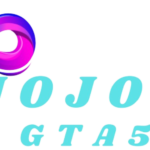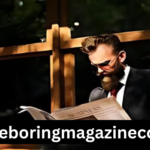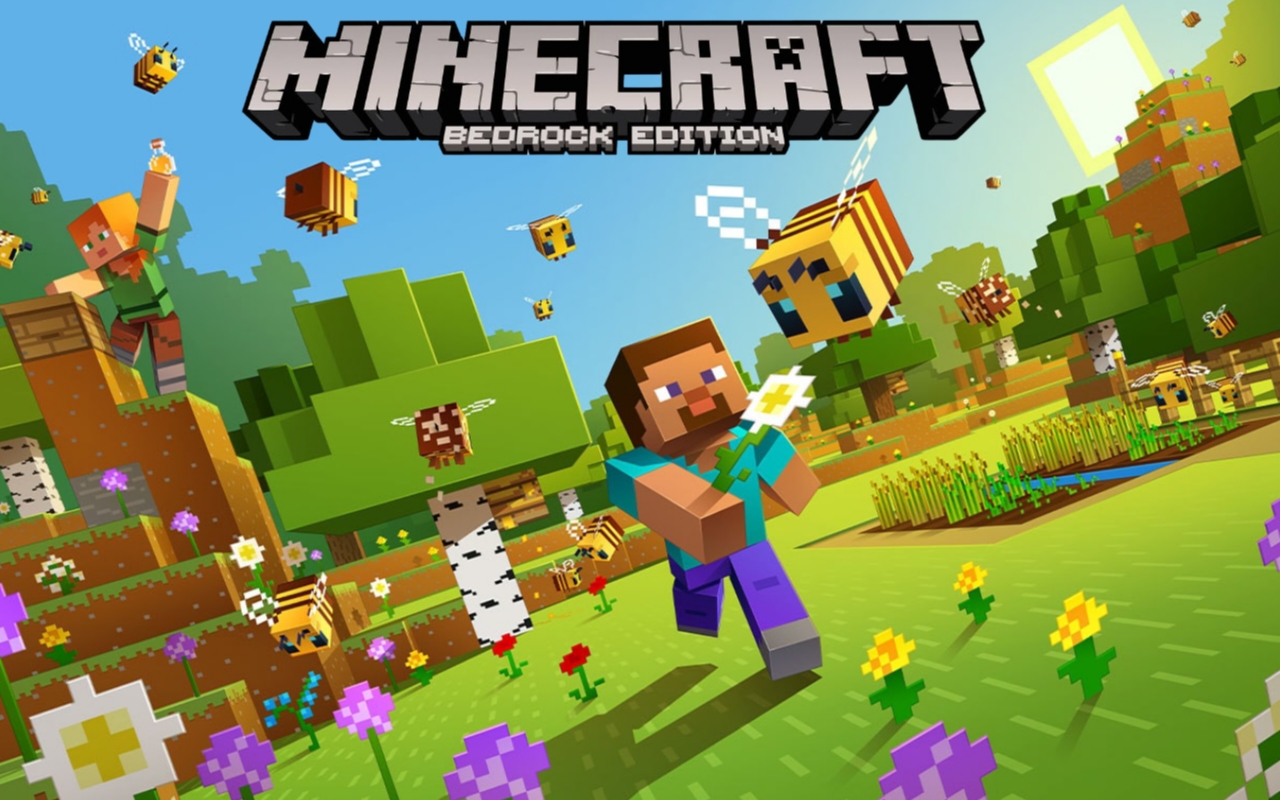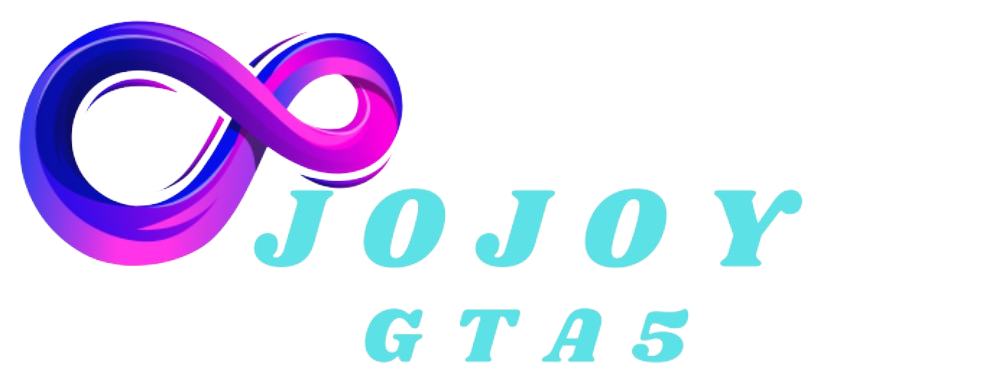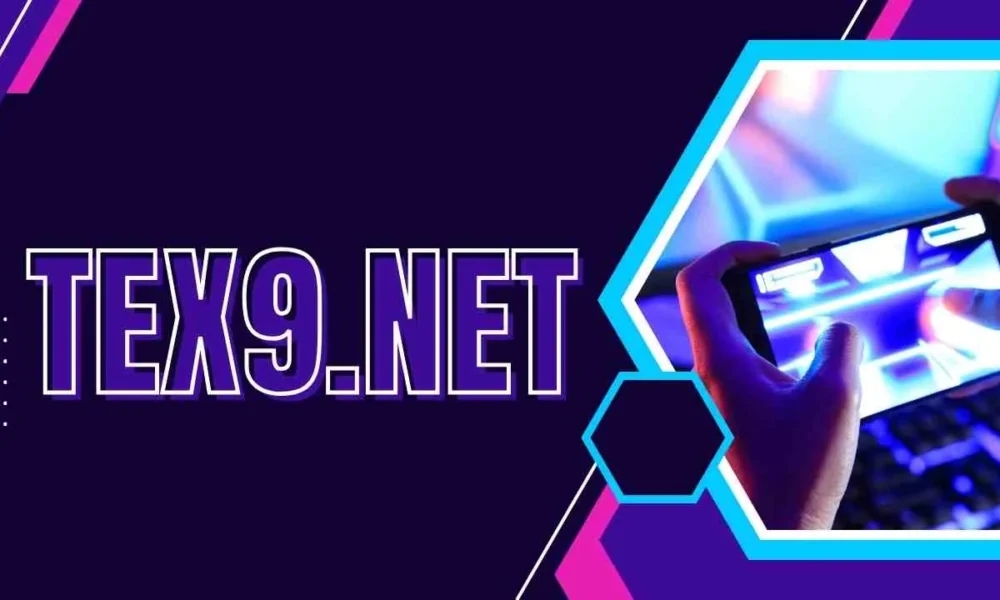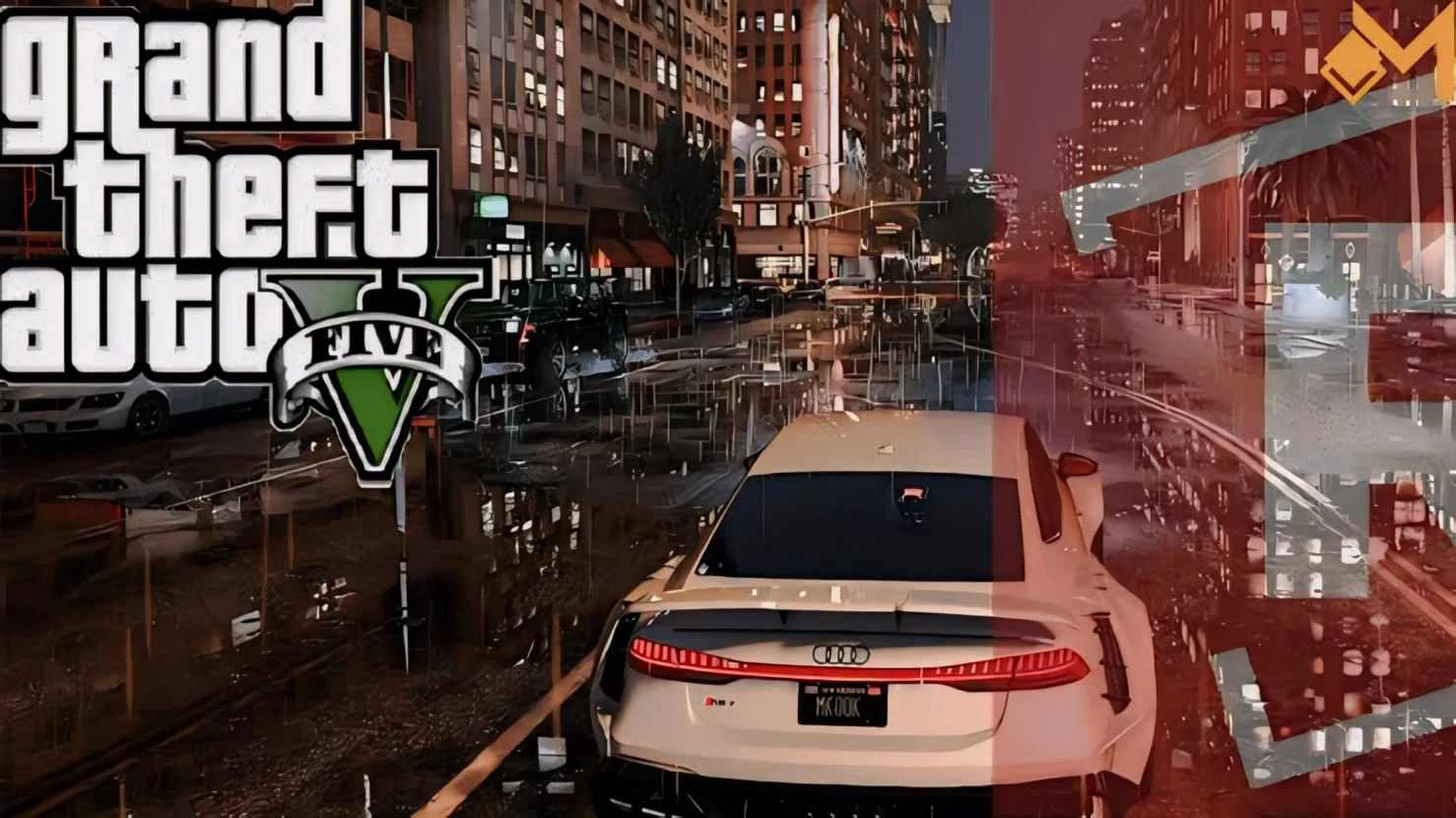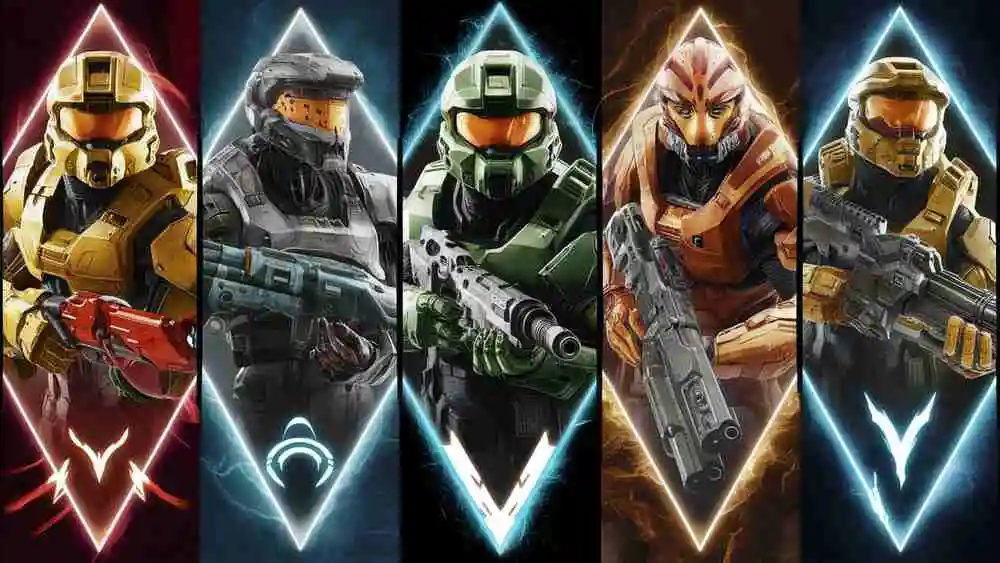Minecraft, with its blocky universe, has enchanted players since its initial release. minecraft: bedrock edition (2011) game icons banners With each update and edition, the game continues to evolve. One of the most beloved versions of Minecraft is the Bedrock Edition, released in 2011. minecraft: bedrock edition (2011) game icons banners This version, designed to be cross-platform and accessible across different devices, brought many changes to the Minecraft experience. Among those changes are the game icons and banners, which have played a significant role in how players visually interact with the game.
This article will explore Minecraft: Bedrock Edition’s game icons and banners, diving into their significance, design evolution, and impact on player experience.
What Is Minecraft: Bedrock Edition?
Before we dive into the world of game icons and banners, it’s essential to understand what Minecraft: Bedrock Edition is. Bedrock Edition is the cross-platform version of Minecraft that allows players on different devices—whether it’s a console, mobile device, or PC—to play together. It differs from Minecraft: Java Edition, which is exclusive to PC and offers different gameplay mechanics and features.
Minecraft: Bedrock Edition was introduced in 2011 as the Pocket Edition, primarily for mobile devices. Over the years, the edition expanded to other platforms, eventually becoming known as Bedrock Edition.
Key characteristics of Bedrock Edition include:
- Cross-platform play
- A more polished, streamlined engine
- Support for addons, texture packs, and mods
Now that we have a foundation of what Bedrock Edition is, let’s explore the visual elements that define its aesthetic.
The Role of Game Icons in Bedrock Edition
Icons are a vital part of any game. They serve as visual shortcuts, allowing players to quickly identify features, items, and actions. In Minecraft: Bedrock Edition, icons are found throughout the game, from the inventory screen to the crafting menu. minecraft: bedrock edition (2011) game icons banners These tiny images carry significant meaning and are often the first way players understand an item’s purpose.
Evolution of Minecraft’s Icons
Since the early days of Minecraft: Pocket Edition, the game’s icons have undergone a transformation. The first few versions of the game featured simple, pixelated icons that were reminiscent of the game’s blocky world. As the game grew, the icons became more refined, adding subtle details while still adhering to Minecraft’s signature style.
Some noteworthy examples include:
- Tools and weapons: Early versions of Bedrock Edition featured basic icons for pickaxes, swords, and shovels. Over time, these tools became more detailed, giving players a better sense of material quality (e.g., wood vs. diamond).
- Food items: The evolution of food icons, like the iconic apple and steak, mirrors the growing complexity of Minecraft’s survival mechanics. These icons have grown more detailed, showcasing textures and colors that make them instantly recognizable.
- Blocks and materials: One of Minecraft’s defining features is its variety of blocks. As new materials were added to the game, their corresponding icons were carefully designed to help players easily distinguish between blocks like dirt, stone, and obsidian.
While many of these icons have changed over the years, they all retain the familiar pixelated aesthetic that aligns with Minecraft’s overall design philosophy.
The Importance of Clear Icon Design
In a game like Minecraft, where players are constantly managing their inventory and crafting items, having clear and distinguishable icons is crucial. minecraft: bedrock edition (2011) game icons banners A well-designed icon reduces the cognitive load on players, making it easier to navigate menus and identify items at a glance.
Bedrock Edition, with its emphasis on cross-platform play, took this idea a step further by ensuring icons were optimized for different screen sizes. Whether you’re playing on a tablet, console, or PC, the icons in Bedrock Edition are always clear and easy to understand.
Game Banners: Customization and Expression
Banners in Minecraft serve a different purpose from icons. minecraft: bedrock edition (2011) game icons banners They’re larger, more decorative items that players can create and customize. Banners allow players to express their creativity by designing unique patterns and displaying them in the game world.
Introduction of Banners in Minecraft
Banners were first introduced to Minecraft: Java Edition in 2014, during the 1.8 update. It wasn’t until later that banners made their way to Bedrock Edition. These customizable items quickly became a fan favorite, offering players the ability to personalize their in-game structures.
In Bedrock Edition, banners are crafted using wool and a stick. minecraft: bedrock edition (2011) game icons banners Once created, players can apply patterns to their banners using dyes and loom blocks. There are countless combinations of colors and patterns, allowing for endless customization.
Banner Design in Bedrock Edition
While the mechanics of creating banners are similar between Java and Bedrock Editions, Bedrock Edition adds a few unique features:
- Cross-platform compatibility: Since Bedrock Edition is designed to be played across different devices, the banner design interface is intuitive and easy to use, whether you’re on a mobile device or a console.
- Bedrock-exclusive patterns: Bedrock Edition offers some patterns that are not available in the Java version, giving players more options for customization.
Players often use banners to decorate their homes, bases, and even shields. minecraft: bedrock edition (2011) game icons banners Some players go the extra mile and design banners that represent their Minecraft clans or guilds, adding a sense of community and identity to their creations.
The Role of Banners in Multiplayer
In the multiplayer world of Bedrock Edition, banners play a significant role in identifying factions, teams, or individual players. For example, a group of players might design a banner with a specific color scheme or emblem to represent their team in competitive Minecraft games or on public servers.
This customization extends beyond just aesthetics—it adds a layer of personalization and storytelling to the game. Players can create banners that symbolize their journey through Minecraft, from the first time they gathered materials to their epic battles against the Ender Dragon.
The Iconic Minecraft UI and User Experience
In addition to the individual game icons and banners, the overall user interface (UI) of Minecraft: Bedrock Edition deserves recognition. minecraft: bedrock edition (2011) game icons banners The UI ties everything together, making the game easy to navigate for players of all ages and experience levels.
The Evolution of Minecraft’s UI
Minecraft’s UI has come a long way since the early days of Pocket Edition. minecraft: bedrock edition (2011) game icons banners In the beginning, the mobile version of the game featured a bare-bones interface, with only the most basic menus and inventory screens.
As Bedrock Edition expanded, so did the UI. The developers introduced new features, such as a revamped crafting menu, better inventory management, and a cleaner interface for multiplayer games. These changes made Minecraft more accessible to a wider audience, particularly on touch-screen devices.
Accessibility and Cross-Platform Play
One of the challenges of designing a UI for Bedrock Edition was ensuring that it worked seamlessly across different platforms. Whether players are using a controller, touch screen, or keyboard and mouse, the UI needed to feel intuitive and responsive.
The Bedrock Edition UI accomplishes this by offering customizable settings, allowing players to tweak the interface to their liking. Players can adjust the size of icons, change the layout of the crafting menu, and even remap controls.
Iconography and Branding: Minecraft’s Cultural Impact
Beyond the game itself, Minecraft’s icons and banners have become a part of popular culture. minecraft: bedrock edition (2011) game icons banners The pixelated style of Minecraft’s visuals is instantly recognizable, even to people who have never played the game.
Iconic Imagery in Merchandise
Minecraft’s simple, blocky icons have made their way onto countless forms of merchandise, from t-shirts to backpacks. The Creeper face, for example, is one of the most iconic images in gaming, symbolizing Minecraft’s blend of creativity and danger.
Banners, too, have become a staple in Minecraft-themed merchandise. You can find real-life versions of Minecraft banners, allowing fans to bring a piece of their in-game world into the real world.
Minecraft’s Lasting Legacy
The game’s visuals, including its icons and banners, are a significant part of why Minecraft has remained relevant for over a decade. minecraft: bedrock edition (2011) game icons banners By sticking to a consistent visual style, the game has maintained its identity even as it evolved. The pixelated icons and customizable banners remind players of the core values of Minecraft: creativity, exploration, and self-expression.
Conclusion: The Art and Function of Icons and Banners in Minecraft
Minecraft: Bedrock Edition has continually refined its use of game icons and banners to enhance the player experience. From the evolution of item icons that help players manage their inventory to the customizable banners that allow for creative expression, these visual elements are crucial to what makes Minecraft so beloved.
As Minecraft continues to evolve, so too will its icons and banners. With each new update, players can expect more ways to personalize their world and make the game their own. minecraft: bedrock edition (2011) game icons banners Whether you’re designing the perfect banner for your Minecraft base or quickly sorting through your inventory with clear icons, these small visual elements contribute to the larger magic of Minecraft.
The blend of functional design and creativity encapsulates what makes Minecraft special—it’s a game where every player can leave their unique mark, and the icons and banners are just one more way to do that.



